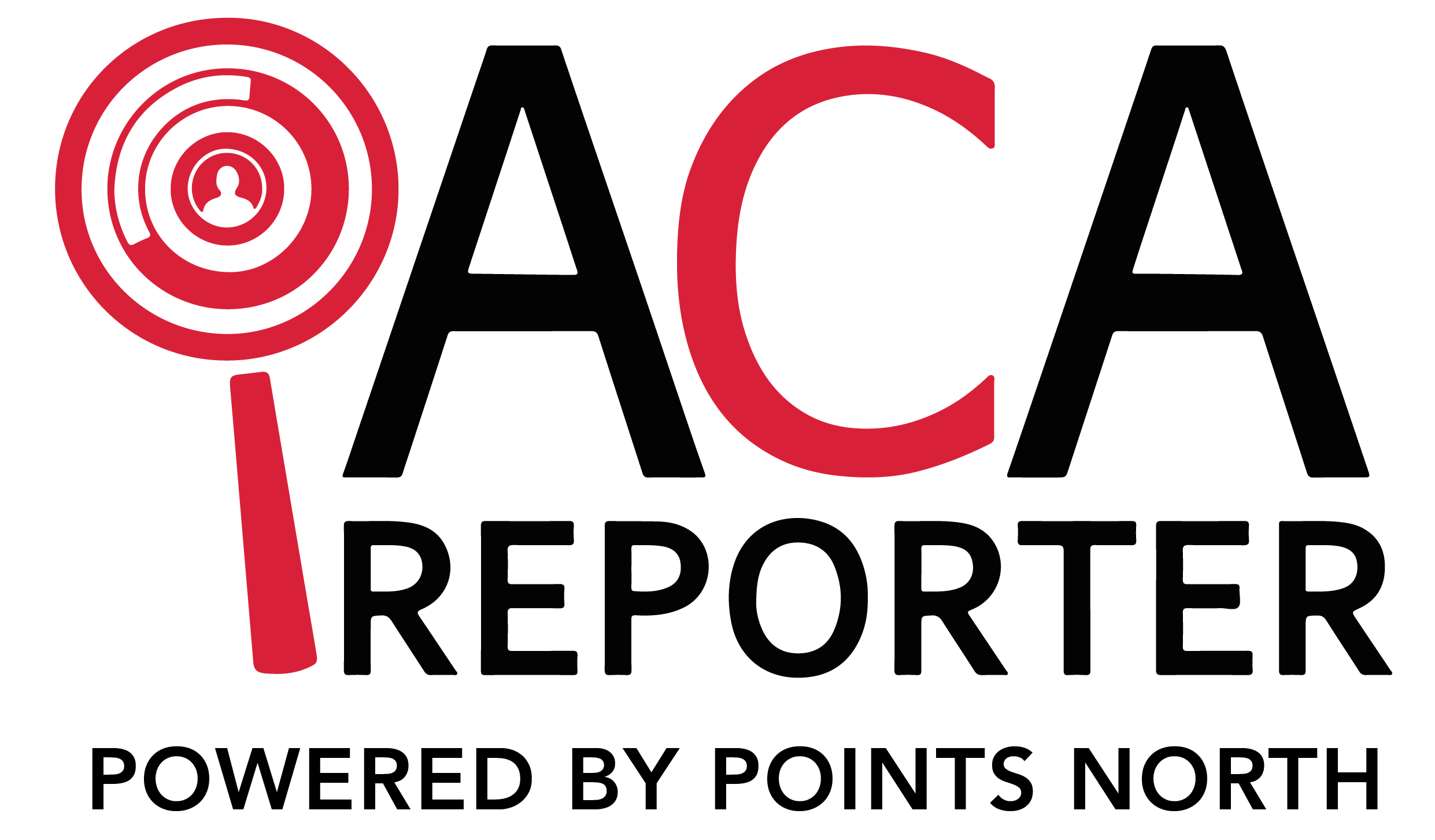Understanding the Affordable Care Act’s (ACA) reporting rules is important for employers — not only to ensure compliance with the law and avoid penalties but to also aid and benefit the business. The employer responsibilities may seem confusing; we’ll be the first to admit there are a lot of dates, forms, and rules to remember. This is why we’ve put together this ACA employer reporting guide to help you understand the crucial employer responsibilities.
ACA Employer Mandate: Knowledge of Basic Employer Responsibilities
In 2015, the provision of employer responsibilities under the ACA Employer Mandate took effect. This provision gave employers of 50 or more (called Applicable Large Employers or ALEs) shared responsibility over their employees’ health care. Here is a breakdown of the basic ACA requirements for employers:
- Provide affordable health coverage to employees
- Provide an offer that meets minimum essential coverage (MEC)
- Provide minimum value insurance to the employee and their dependents
- Companies that don’t provide these benefits to their employees have to submit a payment to the IRS
The ACA Employer Mandate for Small Businesses
ACA employer responsibilities are more flexible for small business owners. If a company has fewer than 50 employees, the Affordable Care Act employer mandate might not even apply. It is important to remember, however, that every company, small or big, should know some basic employer rules under ACA. The following are some ACA employer requirements that affect how employers offer insurance to their employees.
- No matter if you are offering insurance or not, you have to report certain employees’ information to the IRS.
- It is an ACA employer-shared responsibility for ALEs to offer health insurance to your full-time employees within 90-days. If you are not an ALE and offer a self-funded plan, you will also need to report your ACA information to the IRS.
The Details on the ACA Employer Responsibilities and Insurance
- There are some employee group plans in which dependents are included. Dependents will be allowed in such plans until the age of 26.
- According to the IRS, your full-time employee count is calculated using a formula accounting for all of your part-time, variable hour, and seasonal employees, and then adding that count to the number of designated full-time employees.
- Employees having coverage under TRICARE or Veteran’s Administration do not need to be included in your full-time employee count to determine ALE status.
- The ACA regulations include information on seasonal employees. Typically, a seasonal employee is a person who works at the same time of the year, each year and works for less than 6 months (such as a ski instructor or an agricultural worker).
Read more about ACA responsibilities for insurance companies.
The Takeaway
According to the IRS, employers with 50 or more full-time employees are considered an Applicable Large Employer (ALE) and must comply with the ACA requirements. ACA requirements for employers include making an offer of healthcare coverage to your full-time employees that meets the minimum essential coverage (MEC), meets the minimum value (MV) requirement for the employee and their dependents and is affordable. Additionally, the ALE must file their ACA information with the ACA each year. Finally, employers who are not an ALE and offer a self-insured plan must also file ACA information with the IRS each year.
We hope this ACA employer reporting guide made your comprehension of your responsibilities more clear. Do you need help with reporting? Many companies rely on ACA Reporter for their business reporting needs. If you need any assistance in ACA reporting, contact us!





.png)